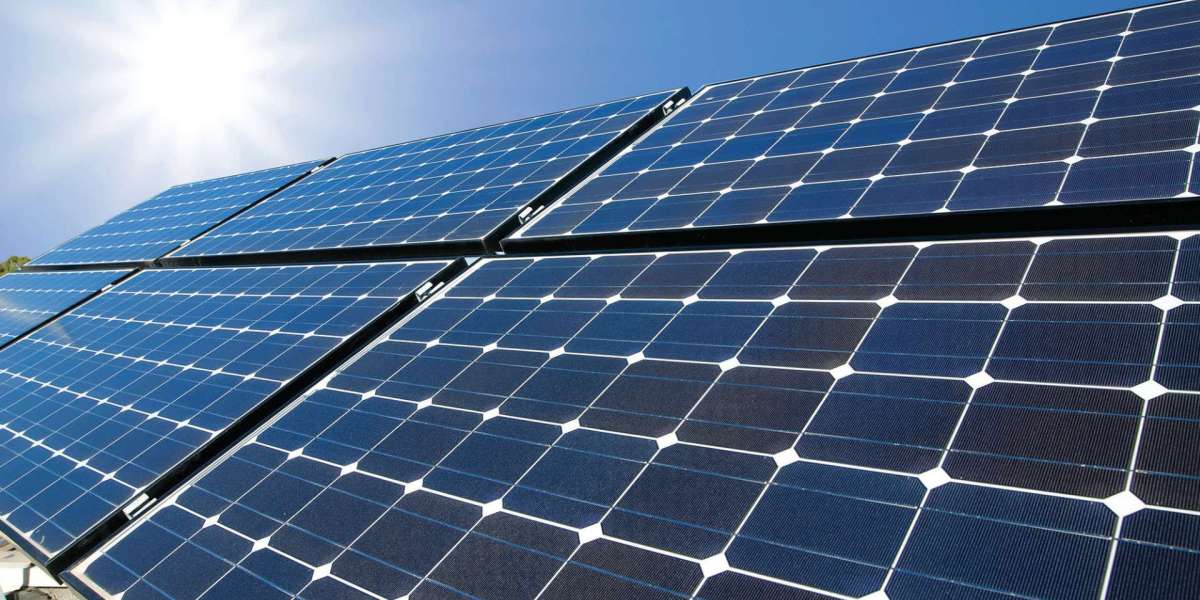Solar energy has emerged as one of the fastest-growing sources of renewable energy, supported by technological advancements and increasing global demand. Continuous innovations in solar panel efficiency, energy storage, and grid integration are making solar power more accessible, cost-effective, and sustainable. The industry is evolving rapidly, with new technologies reshaping the market landscape.
Breakthroughs in Photovoltaic Technology
The development of new photovoltaic (PV) technologies is enhancing solar energy conversion efficiency. Perovskite solar cells, tandem solar cells, and bifacial solar panels are revolutionizing the industry by increasing energy output while reducing manufacturing costs. These breakthroughs are driving down the cost of solar electricity, making it more competitive with traditional energy sources.
Advancements in Energy Storage Solutions
Energy storage is a crucial innovation in the solar energy market. The integration of lithium-ion, solid-state, and flow batteries allows solar power to be stored and used even when sunlight is unavailable. Battery technology improvements are addressing the intermittency issue of solar energy, ensuring reliable and continuous power supply.
The Role of Artificial Intelligence in Solar Optimization
Artificial intelligence (AI) is playing a transformative role in optimizing solar energy systems. AI-driven analytics can predict energy demand, enhance maintenance efficiency, and improve grid stability. Machine learning algorithms are also being used to optimize solar panel positioning, leading to maximum energy capture and better performance.
Floating Solar Farms and Their Market Impact
Floating solar farms, also known as floating photovoltaics (FPV), are an emerging innovation that maximizes land use efficiency. By installing solar panels on bodies of water, FPV systems reduce water evaporation while generating clean energy. These floating solar projects are gaining traction in countries with limited land availability for large-scale solar farms.
Building-Integrated Photovoltaics and Smart Infrastructure
Building-integrated photovoltaics (BIPV) are transforming urban solar energy applications. Instead of conventional rooftop solar panels, BIPV technology incorporates solar cells into building materials such as windows, facades, and roofs. Smart infrastructure developments are integrating solar energy into city planning, creating energy-efficient buildings and self-sustaining urban spaces.
Enhancing Solar Efficiency with Nanotechnology
Nanotechnology is revolutionizing solar energy by improving the efficiency of photovoltaic cells. Nanomaterials, such as quantum dots and nanowires, enhance light absorption and increase the durability of solar panels. These innovations are reducing energy losses and increasing the overall effectiveness of solar power generation.
Next-Generation Solar Panel Materials
The shift from silicon-based solar panels to alternative materials is another major innovation in the solar energy market. Perovskite, organic PV, and thin-film solar technologies are providing lightweight, flexible, and highly efficient alternatives to traditional solar panels. These next-generation materials are paving the way for more versatile solar applications.
Sustainable Manufacturing and Circular Economy Initiatives
Sustainability is a key focus in solar energy market innovations. Efforts to create recyclable solar panels and reduce the environmental impact of manufacturing processes are gaining importance. Circular economy initiatives are promoting the reuse of materials, minimizing waste, and ensuring that solar technology remains eco-friendly throughout its lifecycle.
Future Prospects and Industry Growth Predictions
The future of the solar energy market is bright, with continuous technological advancements driving adoption. Increased efficiency, cost reductions, and smart energy solutions will further accelerate growth. As the industry moves towards more sustainable and high-performance innovations, solar energy is set to become a dominant force in the global energy landscape.
Conclusion
Solar energy market innovations are reshaping the renewable energy industry, making solar power more efficient, accessible, and sustainable. From advanced PV technology to AI-driven optimizations and floating solar farms, these innovations are paving the way for widespread solar adoption. With continued investment and research, solar energy will play a pivotal role in the transition to a clean energy future.








